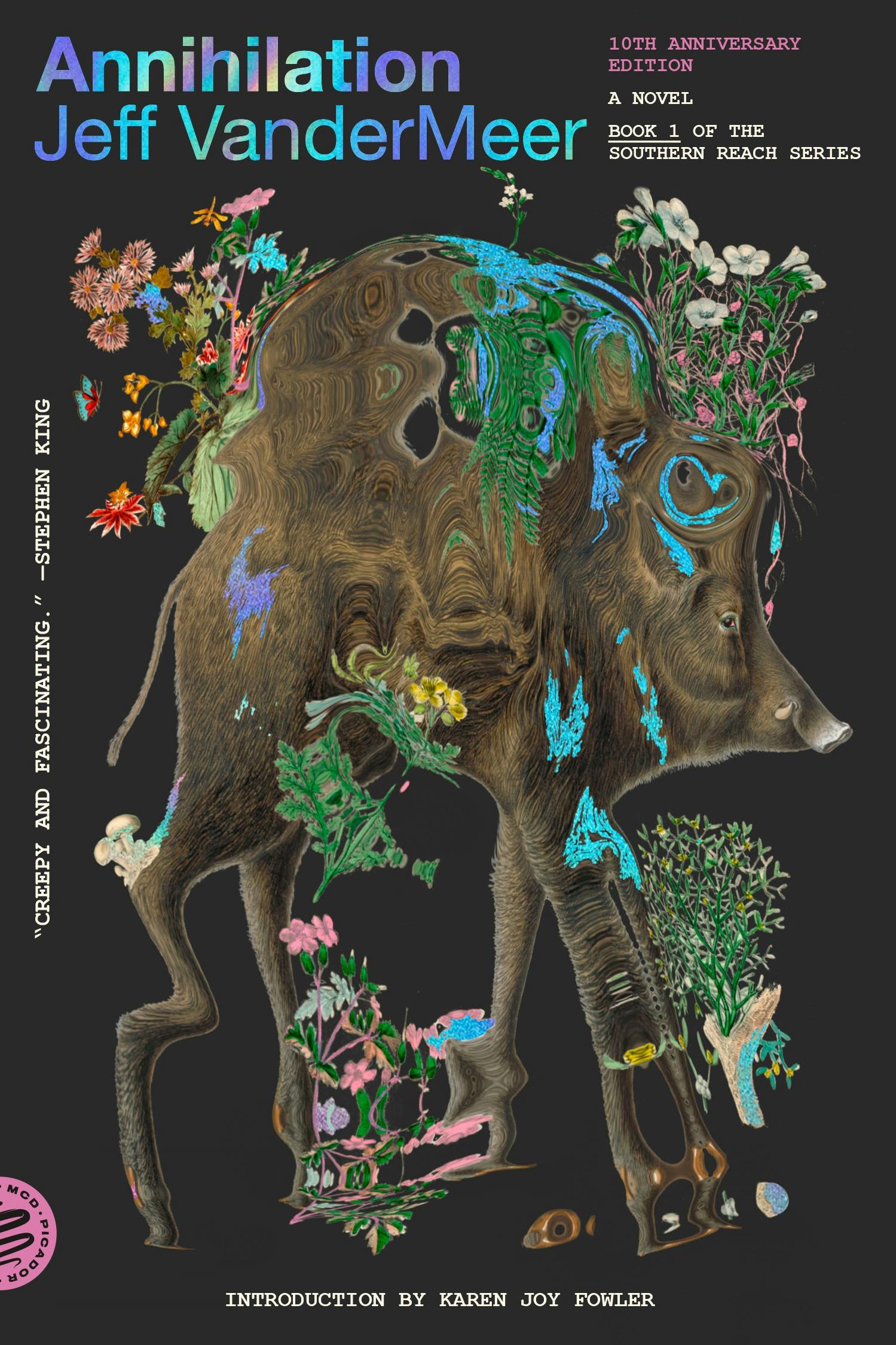Roadside Picnic
by Arkady & Boris Strugatsky (1972)

2024 reads, 23/22:
“Over the pile of ancient trash, over the colorful rags and broken glass, drifts a tremor, a vibration, just like the hot air above a tin roof at noon; it floats over the mound and continues, cuts across our path right beside a marker, lingers over the road, waits for half a second—or am I just imagining that? —and slithers into the field, over the bushes, over the rotten fences, toward the old car graveyard.”
I acknowledge that recency bias may be talking here, but – did I just read one of my favorite science fiction books so far?
Science fiction is and has always been about humans in the face of progress, whether forward or backward. Do Androids Dream of Electric Sheep? muses on what it means to be a human. Neuromancer toys with the concept of losing our humanity, and our world, to technology. The Three-Body Problem and its trilogy has humanity rallying together (and splitting apart) in the face of adversity. Even the Hitchhiker’s Guide series has humanity face the ultimate absurdity: itself.
Roadside Picnic continues this pattern of humanity facing itself, and does so extremely well. Short summary: in the wake of an alien visit, multiple “zones” are left around the surface of the earth. These zones are subject to unexplainable physics, rare artifacts, and dangers beyond our comprehension. Furthermore, these zones are illegal to enter. A subclass of criminals called “stalkers” sneak into these zones to retrieve precious objects that can be sold on the black market (and yes, this is the book that inspired Andrei Tarkovsky’s film Stalker).
The premise seems simple, but remember, science fiction is about us. The novel starts ten years or so after “the Visit,” and humanity is no step closer to knowing anything about it – it’s just humans and the Zone. Instead of an alien invasion story, the Strugatskys weave together a novella with philosophical deliberations, fairy tales, and horrific alien technology.
“I lock myself in the stall, take out the flask, unscrew it, and attach myself to it like a leech. I’m sitting on the bench, my heart is empty, my head is empty, my soul is empty, gulping down the hard stuff like water. Alive. I got out. The Zone let me out. The damned hag. My lifeblood. Traitorous bitch. Alive. The novices can’t understand this. No one but a stalker can understand.”
The main character, stalker Red Schuhart, is in my opinion one of the greatest characters ever written. Outside of the Zone, with absolutely no care in the world, he is aloof and hot-headed, careless and an alcoholic. But his skills and concentration in the Zone are unmatched: you feel his focus narrow, his conniving nature, and know that he will stop at nothing to get through this mysterious area. As I write this, I can see how this book may have inspired Annihilation by VanderMeer.
What better way to show how insignificant we are than to have an entire story revolve around the aftermath of a short-lived alien visit. The ending is one of the most bittersweet, and I’ve been thinking about it since I’ve read it. This is a sci-fi classic, and it’s short enough such that I recommend it to anyone even remotely interested.
“Aren’t humans absurd? I suppose we like praise for its own sake. The way children like ice cream. It’s an inferiority complex, that’s what it is. Praise assuages our insecurities. And ridiculously so. How could I rise in my own opinion?”









